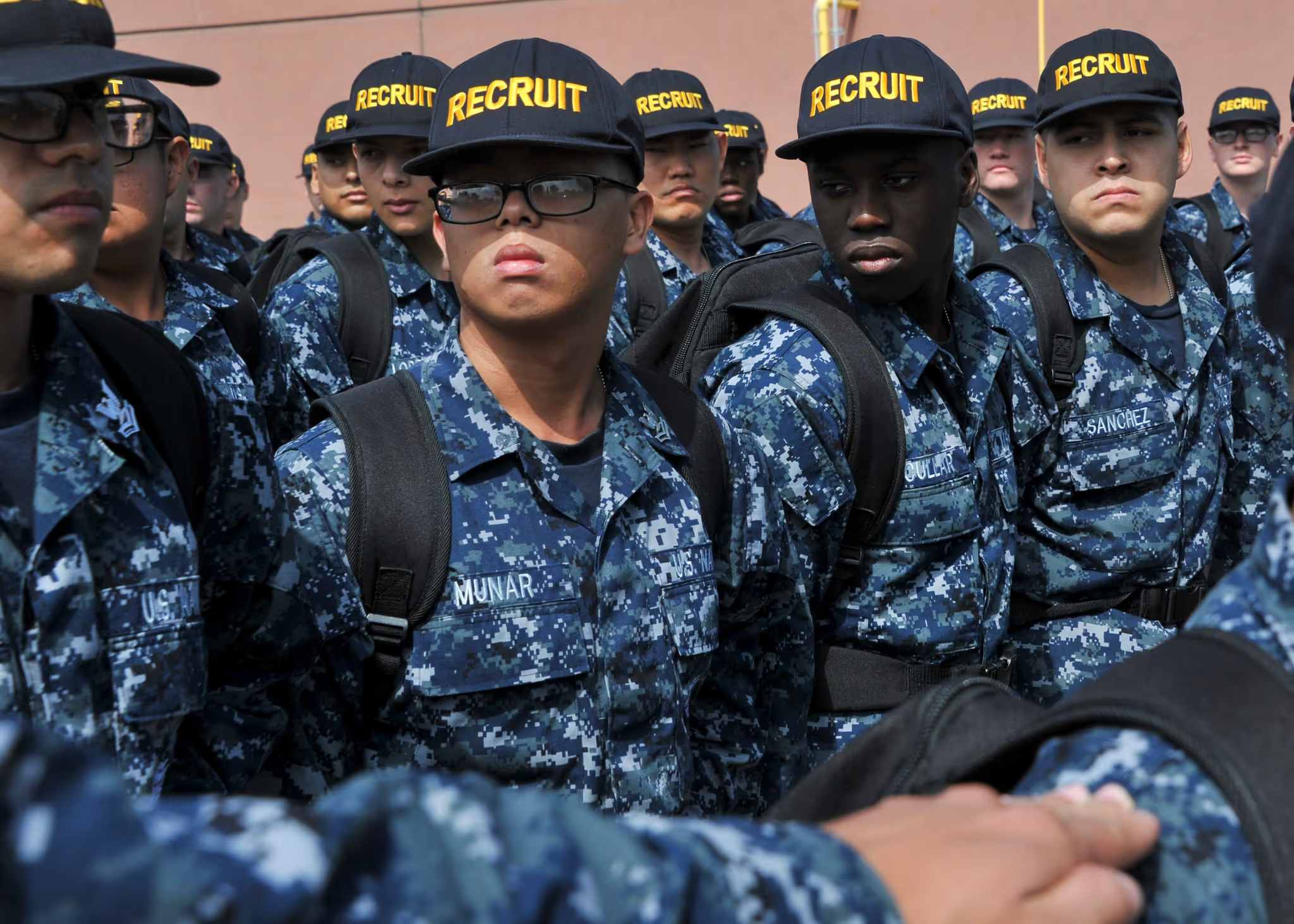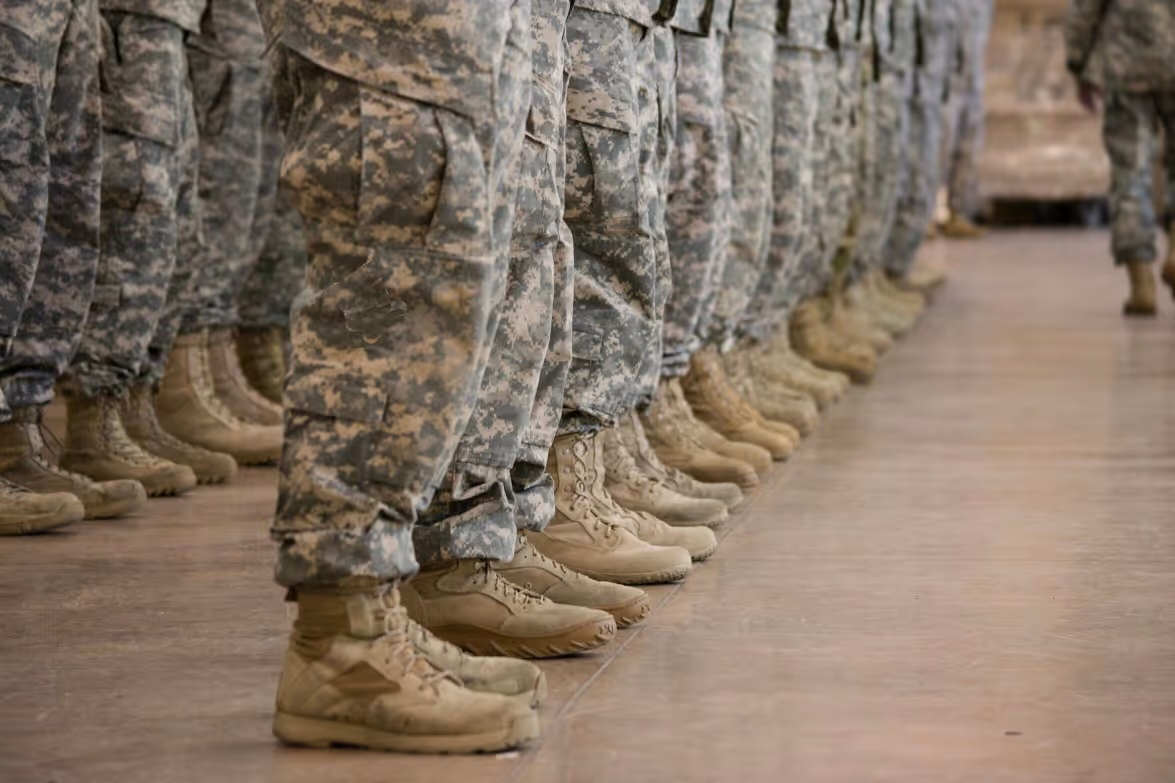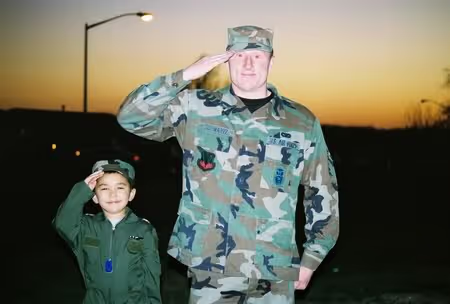Branches of the US Military
There are five military branches, Army, Navy, Air Force, Marines and Coast Guard. Every branch has an active and Reserve component. The Army is the largest branch of the military. Only the Army and Air Force have a National Guard component. Some veterans have served in a combination of these branches or components of the US military.
Each branch has their own customs and cultures as well as overall functions within the US Armed Forces. There is often a generally friendly rivalry between branches. Troops may serve on active duty, Reserve or National Guard status, with Guard and Reservists moving between civilian and military life for training, drills, and deployments.
Most military personnel roles are not combat roles; they run the gamut from logistical, medical, administrative, mechanical, technical support positions as well as legal, communications, language, law enforcement positions. In short, military jobs are extremely diverse.
Army
- The largest branch of the military.
- Provides logistics and support to other branches.
- Most are assigned or select a specialty such as Airborne, Ranger, mountain, or mechanized infantry.
Marines
- Part of the Department of the Navy and historically functioned as the Navy’s “ground” troops.
- Categorized when entering according to weapons system: rifleman, machine gunner, mortar, assault, or anti-tank.
Army vs Marines
- NEVER call someone who was in the Marines a “soldier.” Only someone who is in the Army is a soldier.
- The Marines are part of the Department of the Navy.
- The Army has its own medics while corpsmen provide battlefield medical care for the Marines.
- Marines also train for amphibious warfare, while few members of the Army do so.
- Army basic training lasts for ten weeks; Marine boot camp lasts thirteen weeks.
National Guard
- National Guard are under the command of the state and are called by the state to handle emergencies. Typically, they train and report for duty once per month and for a two-week stint each year.
- If they are federalized and called to active duty, then they are under the command of the federal government. This has occurred far more often since 9/11, as they have been deployed overseas on combat and non-combat missions, performed operations on the border and other duties.
- National Guard members are generally older with families, do not live on military bases, and have employment and responsibilities beyond their military duties.
- National Guard members are ineligible for VA services unless they’ve been federalized or unless it’s written into their contract.
Watch Shannon, Navy Veteran, describe the federalization of National Guard and how they must leave their daily lives for active duty operations.(0:53)
Enlisted Corps
- Enlisted personnel hold non-officer ranks and generally have not been to college, and on average age are 17-22 years old when they join the military.
- The five branches of the US Armed Forces all use the same "E-" designation for enlisted pay grades, while adding names to each that are service-specific (e.g., chief petty officer, master gunnery sergeant, private first class). In addition, there are delineations that reflect rank such as Junior Enlisted (E-1 to E-3), Junior Non-Commissioned Officer (E-4 to E-6), and Senior Non-Commissioned Officer (E-7 to E-8).
Officer Corps
- Officers play the leadership role in the military and most have completed a four-year college degree or greater before serving.
- Officers can be thought of as managers in the military, planning and directing operations and making critical decisions as part of their leadership roles. With this greater responsibility, they tend to earn a higher salary than enlisted personnel.
- Only commissioned officers can act as the commanding officer of a military unit.






